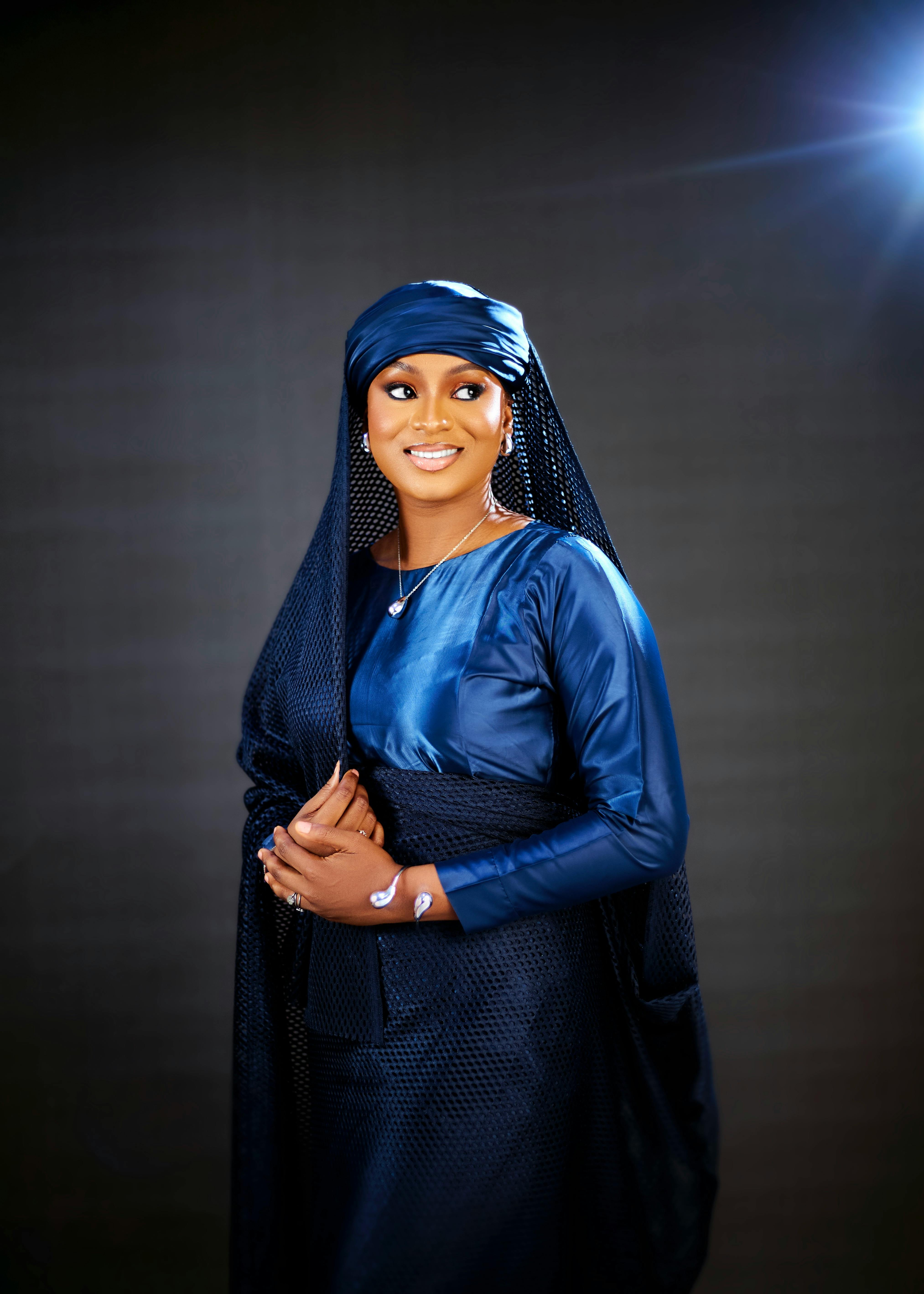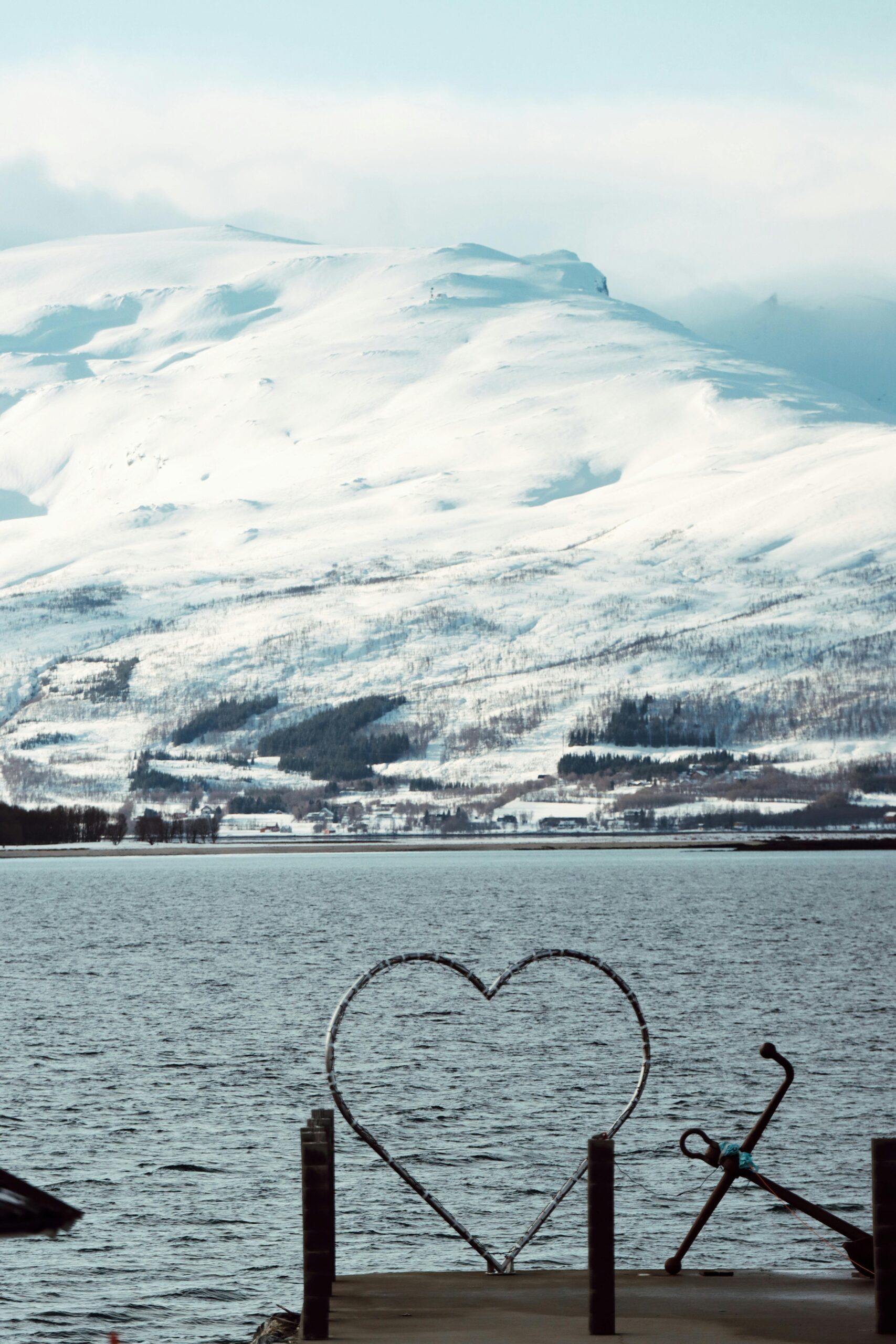Beautiful in Blue: Exploring the Elegance of Blue in Design and Fashion
There’s something undeniably captivating about the color blue. Whether it’s in fashion, design, or nature, blue evokes a sense of serenity and elegance. In this article, we will explore the symbolism, history, and applications of blue in various contexts, while providing practical tips on how to incorporate this beautiful color into your life.

Understanding the Fundamentals
Blue has long been a color of significance, associated with calmness, trustworthiness, and elegance. It is a versatile hue, offering both sophistication and simplicity. This section explores the core principles behind the power of blue, its historical significance, and how it is used to create aesthetic balance in various disciplines.
From ancient civilizations to modern design trends, blue has held a unique place in the human psyche. The psychology of color suggests that blue can reduce stress and promote a sense of peace, making it a popular choice in both fashion and interior design.
1.1 The Symbolism of Blue
Blue is often associated with qualities such as loyalty, wisdom, and tranquility. For centuries, it has been used in various cultural and religious contexts to represent the divine or the infinite. For example, in Christian iconography, blue was used to depict the Virgin Mary as a symbol of her purity and importance.
In modern contexts, blue has evolved into a symbol of professionalism and stability. Many corporate brands, such as IBM and Facebook, use blue in their logos to evoke trust and reliability.
1.2 The Psychological Effects of Blue
Psychologically, blue is often perceived as a calming color that promotes relaxation and reduces anxiety. Studies have shown that exposure to blue tones can lower heart rates and encourage a peaceful environment, which is why it is frequently used in both healthcare settings and bedrooms.
Understanding the psychological impact of blue can help you use it intentionally in design and fashion to create desired moods. Whether it’s in your home décor or wardrobe, incorporating blue can evoke a sense of calm and focus.
Practical Implementation Guide
Now that we’ve established the fundamental qualities of blue, let’s dive into how you can practically implement this beautiful color into your life. From choosing the right shades for different occasions to pairing blue with other colors, this section will provide actionable advice on how to incorporate blue into your daily routines.

2.1 Actionable Steps for Incorporating Blue into Fashion
- Step 1: Start small by adding blue accessories like scarves, hats, or jewelry to your outfits. These accessories allow you to experiment with the color without committing to a full wardrobe overhaul.
- Step 2: Incorporate different shades of blue depending on the occasion. Lighter blues are great for casual wear, while deeper navy blues are perfect for formal events and professional settings.
- Step 3: Pair blue with complementary colors like white, beige, or grey to create a balanced and harmonious look. For a more vibrant combination, consider pairing blue with yellow or coral.
2.2 Overcoming Challenges in Design and Fashion
While blue is a versatile and elegant color, it can present challenges when used excessively. Here are some common obstacles and how to overcome them:
- Challenge 1: Too much blue can make a space or outfit feel cold or uninviting. Solution: Balance blue with warm tones like orange, gold, or red to add energy and warmth.
- Challenge 2: Finding the right shade of blue that complements your skin tone or the design style of a room. Solution: Experiment with various hues of blue, from soft pastels to deep navy, and test them in small doses to see which works best.
- Challenge 3: Blue can sometimes be perceived as too formal or stiff. Solution: Mix casual blue pieces, like a denim jacket, with more relaxed outfits to soften the look.
Advanced Applications
Once you’ve mastered the basics of incorporating blue into your wardrobe and living spaces, it’s time to explore more advanced applications. In this section, we’ll discuss how to use blue in innovative and bold ways, whether through fashion-forward designs or cutting-edge architecture.

3.1 Using Blue in Architectural Design
Blue is increasingly being used in contemporary architecture to create striking and visually stimulating spaces. The use of blue glass and reflective surfaces in buildings is a trend that continues to gain momentum, particularly in urban landscapes. These blue elements can help buildings blend into their natural surroundings while maintaining a bold and modern aesthetic.
One prominent example of blue in architecture is the Burj Khalifa in Dubai, where blue lighting and glass panels are used to enhance the skyscraper’s visual appeal. The strategic use of blue materials and lighting can transform an ordinary building into a stunning landmark.
3.2 Blue in Digital Design and Branding
In the digital realm, blue has become a popular choice for websites, apps, and branding. Blue’s association with trust and professionalism makes it an ideal color for companies aiming to establish a reliable online presence.
For instance, tech companies like Twitter and LinkedIn use blue to promote a sense of credibility and authority. When used effectively, blue in digital design can enhance user experience and build brand loyalty.
Future Outlook
Looking ahead, blue will continue to play an essential role in shaping design trends and fashion choices. Emerging technologies, such as augmented reality (AR) and virtual reality (VR), are expected to bring new opportunities for incorporating blue in immersive digital environments.
In the coming years, we can expect to see more dynamic uses of blue, especially in digital and architectural spaces. The integration of blue with other technologies will likely lead to new, innovative applications in both design and fashion.
Conclusion
Blue is a color that embodies beauty, serenity, and sophistication. Whether you’re using it in fashion, interior design, or architecture, blue’s timeless appeal makes it an essential part of any creative project. As we’ve explored, blue can be incorporated in countless ways, and with the right techniques, you can harness its power to enhance your surroundings and personal style.
We encourage you to experiment with blue in your own life—whether by choosing the perfect blue dress or transforming a room with blue accents. The possibilities are endless, and the results are sure to be beautiful in blue.
Frequently Asked Questions
- Q: How do I know which shade of blue suits me best? Experiment with different shades by trying them on in the store or testing them in your home to see which one complements your style or skin tone.
- Q: What are some easy ways to incorporate blue into my home? Start with blue throw pillows, rugs, or artwork to introduce the color subtly into your living space.
- Q: How much time does it take to find the perfect blue for my wardrobe? It may take a few tries, but testing out different shades in natural light will help you find the right fit in just a couple of hours.
- Q: Is blue an expensive color to use in design? The cost can vary depending on the material, but in general, blue is widely available in both affordable and high-end products.
- Q: How does blue compare to other popular colors in design? Unlike warm colors like red or yellow, blue has a calming effect, making it ideal for environments where tranquility is desired.
- Q: Is using blue in design difficult for beginners? No, blue is a versatile color that can be easily incorporated into any design, even by beginners. Start small and experiment with different combinations.
- Q: How is blue used in branding for businesses? Blue is used in branding to create a sense of trust and professionalism, making it popular among corporations and tech companies.
